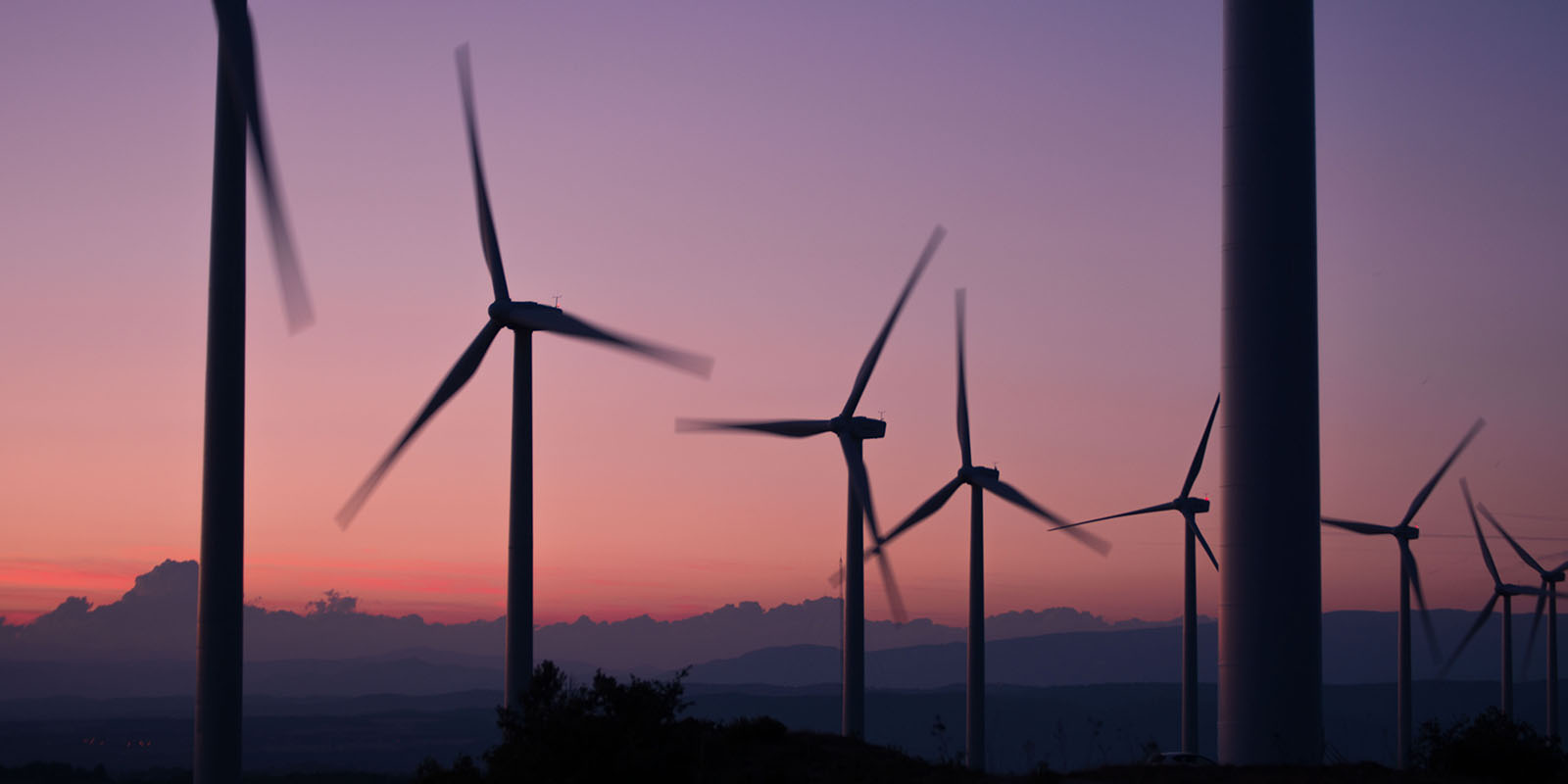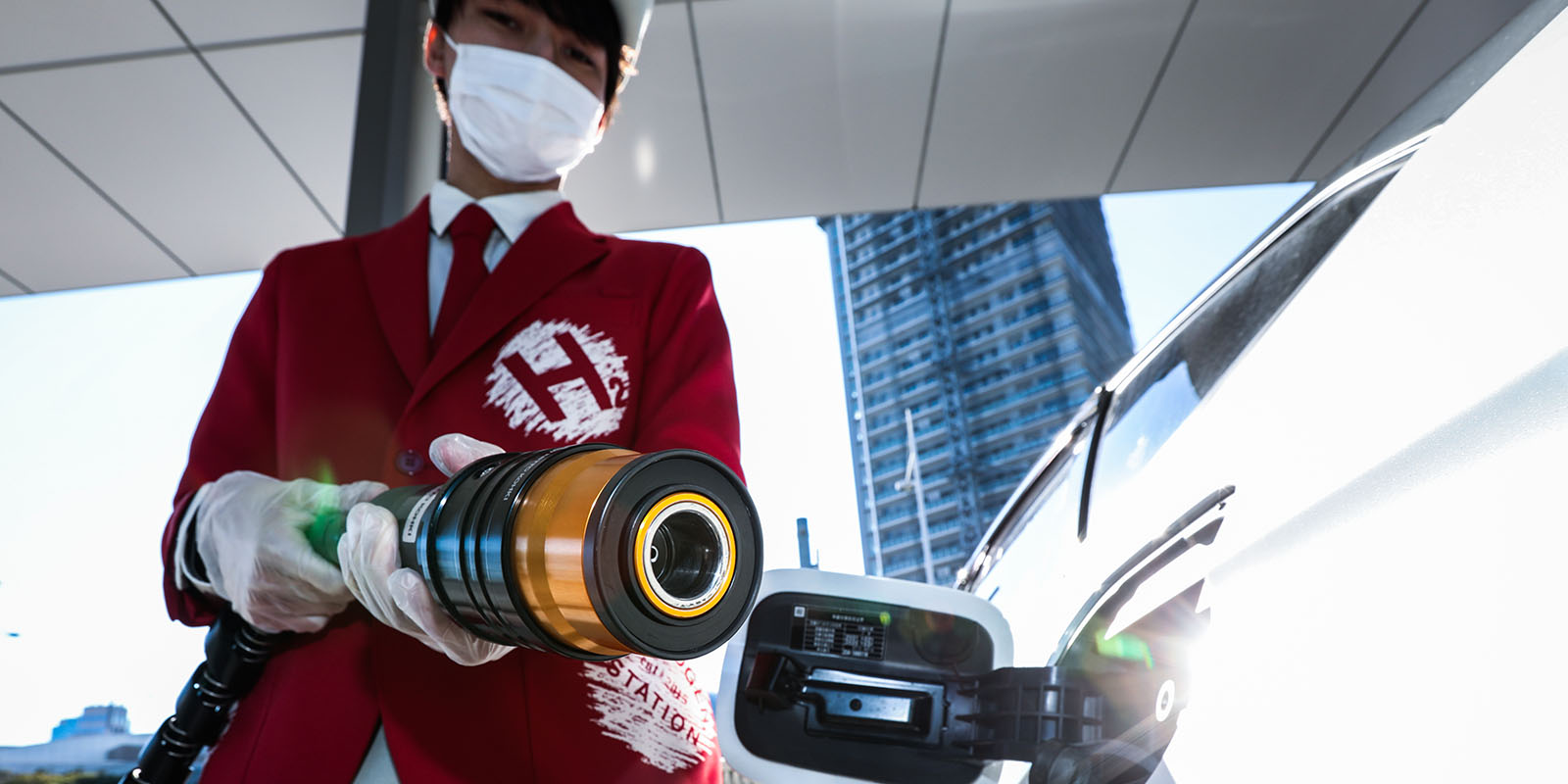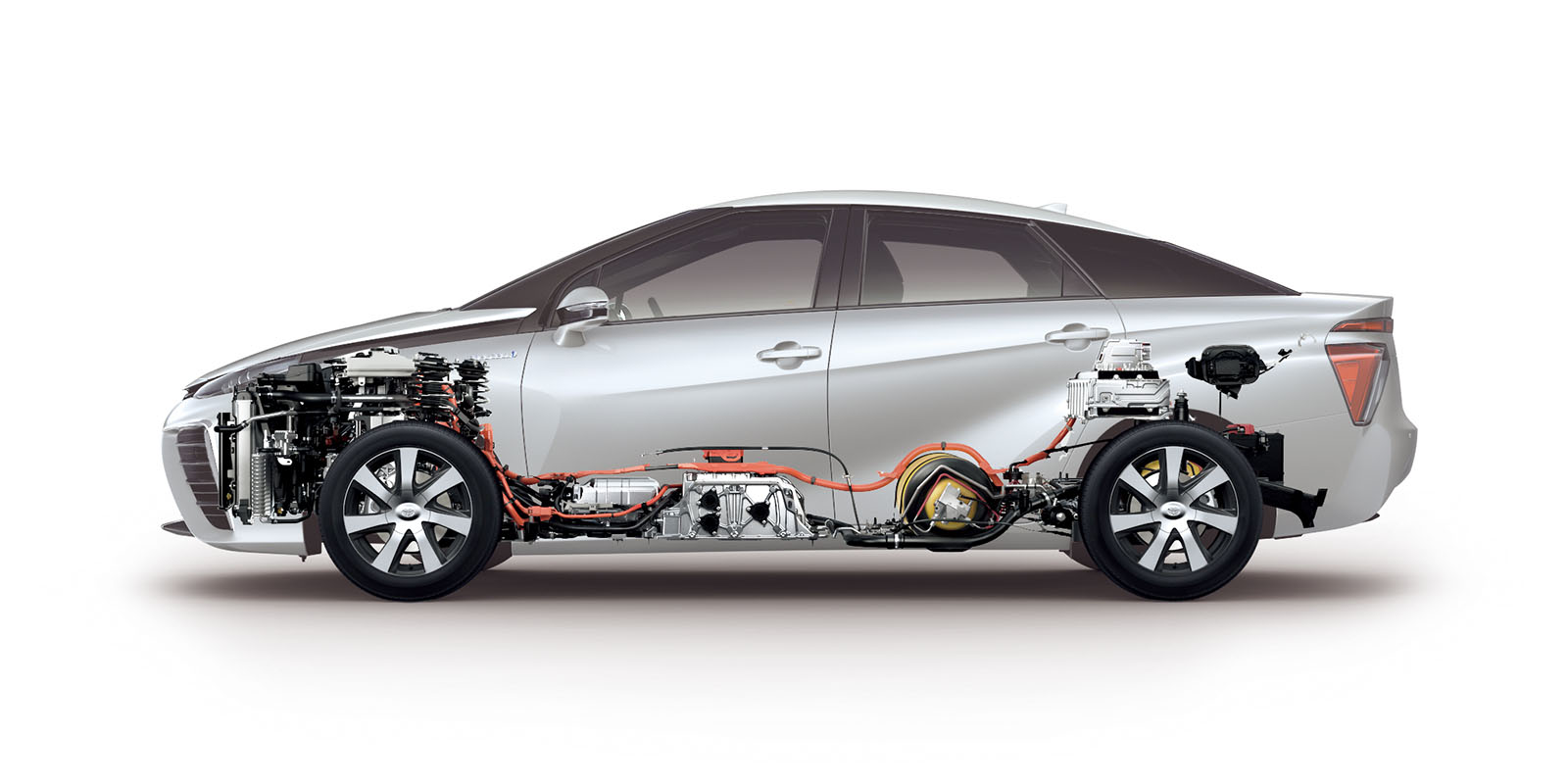Bright ideas
Christopher Grimes, executive editor of Nikkei Asia, asks if Japan can innovate its way out of an energy and climate crisis.
When delegates gathered in Kyoto in late 1997 to hammer out the final details of a hard-fought climate deal, they were greeted with a note of encouragement by the city’s kindergarteners. “Kyoto people are praying for the success of this conference,’’ they wrote. ‘’The future of all people, especially the children, depends largely on the outcome.’’
The children who cheered on the Kyoto Protocol are almost 30 years old now, but Japan – like most nations around the world – is still struggling to cut its emissions of greenhouse gases. In fact, Japan’s reliance on fossil fuels is even greater now than it was before the Fukushima nuclear disaster a decade ago.
Japan – like most countries in the world – is still struggling to cut its emissions of greenhouse gases
This has led to uncomfortable questions in recent years from environmentalists, who demanded to know why Japan has not reduced its dependence on coal by pushing harder into clean solar, hydro and wind power in the post-Fukushima era. The official response to such questions frequently came off as defensive, even if it was accurate: solar panels, dams and wind turbines are tricky, given Japan’s geography and terrain.
 Japan’s Prime Minister Yoshihide Suga | Kazuhiro NOGI / AF
Japan’s Prime Minister Yoshihide Suga | Kazuhiro NOGI / AF
But in December 2020, the tone shifted dramatically when Prime Minister Yoshihide Suga set out a “green growth strategy” that would see Japan’s net emissions drop to zero by 2050. Even environmentalists who have been critical of the government’s policies found the message encouraging.
“I’m very cautiously optimistic,” says Mika Ohbayashi, Director of the Renewable Energy Institute. “I have to say that Suga-san is more serious about climate change than [Shinzo] Abe, his predecessor”.
Some of Japan’s most important companies were more alarmed than impressed, however. One detail of the green strategy immediately seized the attention of Japan’s powerful car industry: new gasoline-powered vehicles are to be completely replaced by ‘electrified’ cars by the mid-2030s. That’s much sooner than it sounds.
The digital economy has pushed innovation for the last 20 years, but hasn’t solved dire issues like global warming
 Anna Jiménez Calaf | Unsplash
Anna Jiménez Calaf | Unsplash
A rare public criticism of the plan came from none other than Akio Toyoda, Toyota Motor’s president. “There is a risk that the automotive industry’s business model could collapse,” he warned.
Chief among Toyoda’s concerns is that Japan won’t be able to produce enough electricity to power all of these electric cars unless the country gets busy building a lot of new plants – and quickly. Nuclear power could generate much of this electricity without producing greenhouse gases, but it remains unpopular in the wake of the Fukushima disaster. Another option – burning more coal – would run counter to the zero-emissions goal.
Some observers see the clean energy push as an opportunity for Japan to regain its reputation as an innovator
Yet for all the uncertainty and worries, some observers see the clean energy push as an opportunity for Japan to regain its reputation as an innovator. Japan has been a laggard in the digital economy, prompting years of soul-searching about whether the country has lost its edge. But experts point out that the nascent green energy industry requires the kind of advanced engineering skills and long-term investment that the country is known for. So, there is hope that green energy could give Japan Inc. a new narrative – and a powerful new source of exports.
“The internet, digitization, and the app economy have pushed innovation for the last 20 years, but they haven’t solved dire issues like global warming,” says Sota Nagano, a partner at Tokyo-based venture capital firm Abies Ventures. “These solutions require something coming out of a lab – engineering or actual science.”
Nagano notes that Japan has been supporting basic research in new materials, robotics and other “deep tech” for decades through NEDO (New Energy and Industrial Technology Development Organization), a government group that subsidizes work on new energy and cutting-edge industrial technology.
“Now the government is pushing national universities to monetize patents and research in materials, quantum computing, mechanical engineering,” says Nagano. “It all adds up to contributing to this green energy plan. Many of the valuable assets in Japan haven’t been monetized yet.”
 Iwatani Hydrogen Refueling Station | Yuki Kohara
Iwatani Hydrogen Refueling Station | Yuki Kohara
One charge, 500km
Japan has made two bold bets on green technology that it hopes to monetize in a big way. One is a push to turn hydrogen into a mainstream fuel for cars, trucks and electricity generation. The other is on a new type of electric car battery that promises to be far more efficient than the lithium ion models that power Teslas and other EVs on the road today.
“Hydrogen and solid state batteries are the areas that Japanese companies have been focusing on as a competitive advantage,” says Kota Yuzawa, a Goldman Sachs analyst in Tokyo who follows the auto industry. He thinks the recent green push by Japan – plus low-carbon efforts by China and the Biden administration in the U.S. – will rapidly accelerate the move to electric vehicles.
Toyota has been working on the new battery technology, known as advanced solid state, for more than a decade, and it is planning to roll out a prototype later this year. It’s easy to see why the company is excited: Toyota claims its battery can power a trip of 500 km on one charge – about twice the distance of typical EVs today. The batteries are smaller, allowing more legroom in the car, and are not prone to catching fire as can happen with lithium batteries.
Hydrogen has its doubters but is a cornerstone of Japan’s plan for a carbon-neutral future
Solid state batteries will also be able to fully recharge in 10 minutes, much faster than the 20 to 30 minutes it takes now with lithium ion batteries. “It’s more like the time it takes a gas engine at the filling station,” Yuzawa says.
There are concerns, however. Chief among them is the possibility of leaks of sulphide gas, which is poisonous. And the cost of making solid state batteries will be higher than lithium ones until they can be mass produced.
Although Japan already has a big presence in the EV battery market – Panasonic makes batteries for Tesla – it is far behind China, which has spared no expense pursuing its ambition to dominate the global market.
Solid state batteries will also be able to fully recharge in 10 minutes, much faster than lithium ion batteries
Japan has sought to counter this by encouraging the development of the solid-state batteries, which it hopes will eventually become the standard. But this is still years away, with forecasters saying the market won’t really start to develop until the second half of this decade.
You don’t have to wait that long to see a car running on hydrogen, a fuel source that has doubters but is a cornerstone of Japan’s plan for a carbon-neutral future. Toyota introduced the first commercial hydrogen vehicle, the Mirai (“future” in Japanese), in 2014. The second model of the Mirai came out in December 2020.
 The Toyota Mirai
The Toyota Mirai
The Mirai runs on a hydrogen-powered “fuel cell” that doesn’t emit CO2 and can be quickly refilled at a roadside station. But critics say the technology is too expensive, and point out that the process of producing hydrogen usually involves fossil fuels. Tesla founder Elon Musk calls them “fool cells” and has said hydrogen-powered cars are a “mind-bogglingly stupid” idea.
Even if Musk turns out to be right about hydrogen cars, experts say it is still worth investing in the technology. “My impression is hydrogen is not really for passenger cars, but large trucks,” Yuzawa says. “When you think of a heavy-duty (cargo) truck, it would have to carry a heavy lithium battery all the way. So, hydrogen is a more efficient way to move large cargo across long distances.”
Ohbayashi believes that hydrogen will have a role to play in reaching the zero net emissions goal, but she thinks it’s more important that the government focus on renewable energy like wind, solar and geothermal.
At the time of the Fukushima disaster, she says, renewables accounted for 10% of Japan’s electricity mix. Now it is about 20%.
If we have the right policies in place, I think renewables can even reach 50% of the country’s electricity needs by 2030
“The trend of increasing renewables is very rapid,” she says. “If we have the right policies in place, I think renewables can even reach 50% of the country’s electricity needs by 2030 and 100% by 2050. But we need the government to set these high targets and encourage the market.”
Her view that Japan could be powered entirely by renewables is not widely shared in government or business, where many are hoping for a revival of the nuclear industry. But it does reflect a renewed sense that Japan – a country with very few energy resources of its own – is capable of ending its dependence on imported fossil fuels.
With that spirit – along with some innovative engineering – perhaps those Kyoto kindergarteners will see the world they envisioned by the time they are 60.
Christopher Grimes